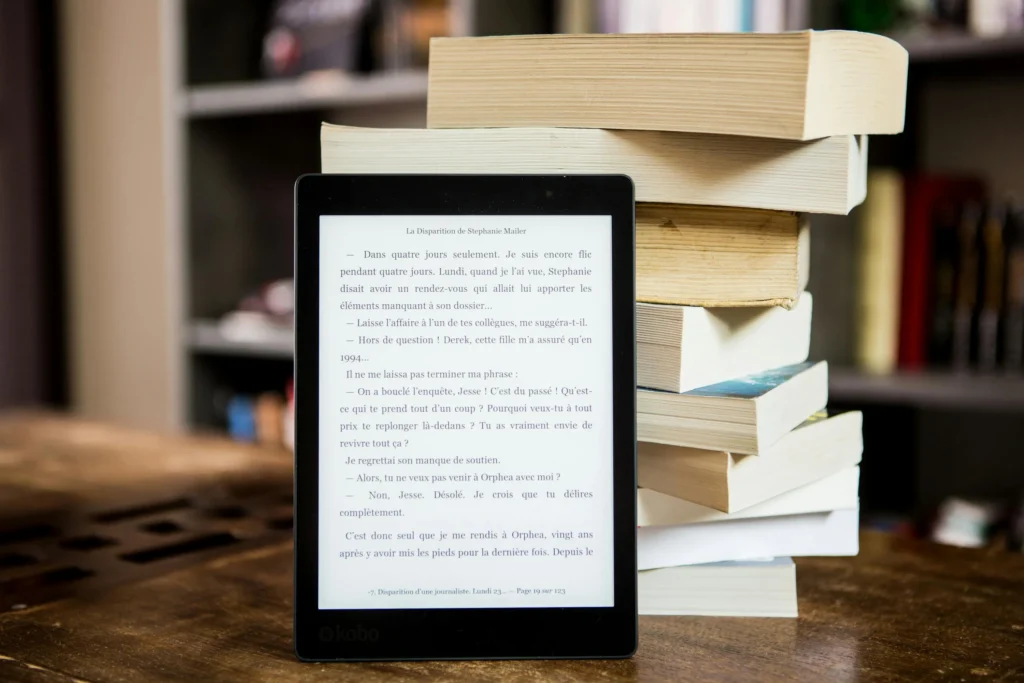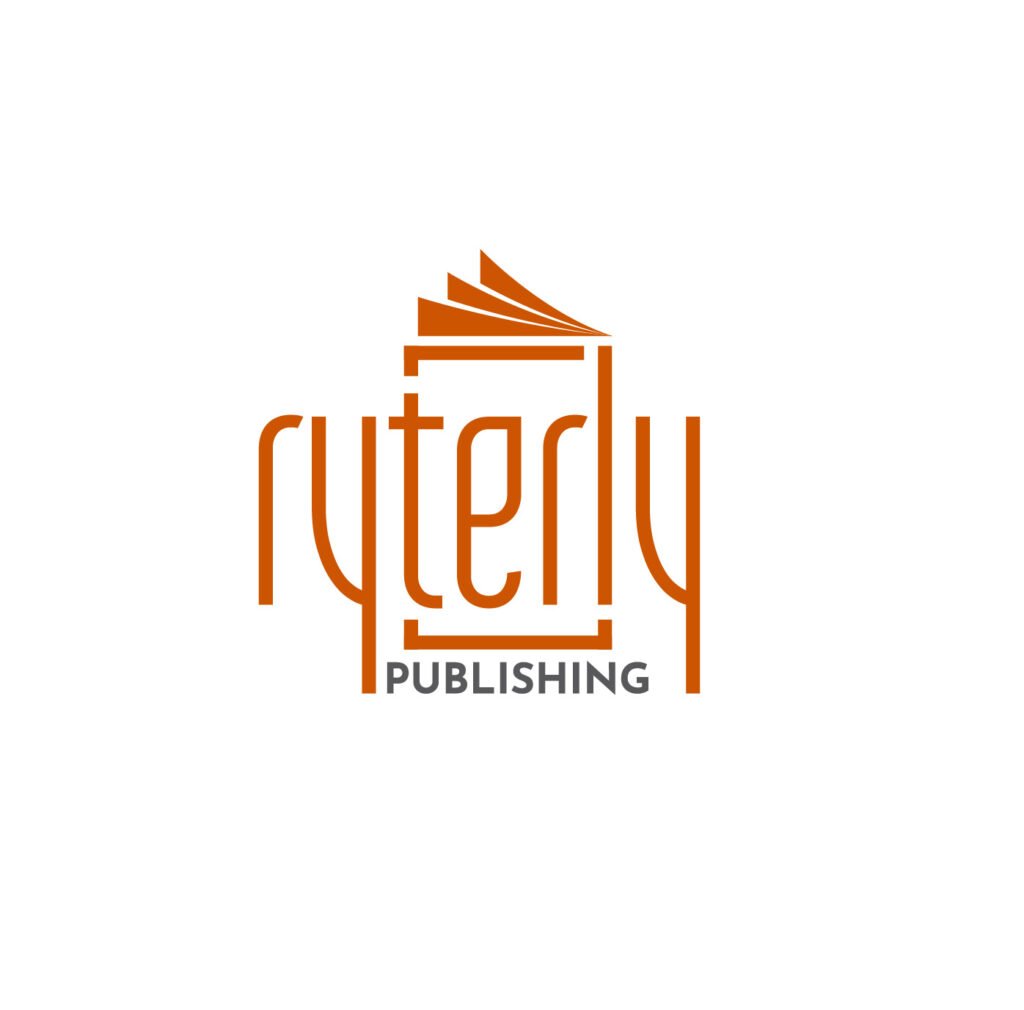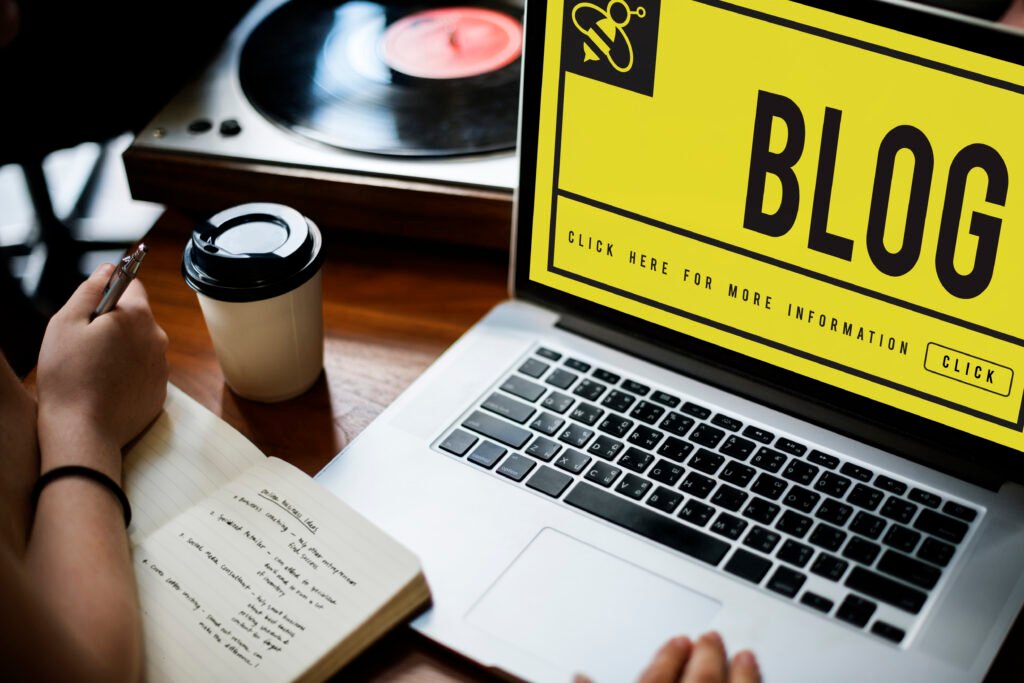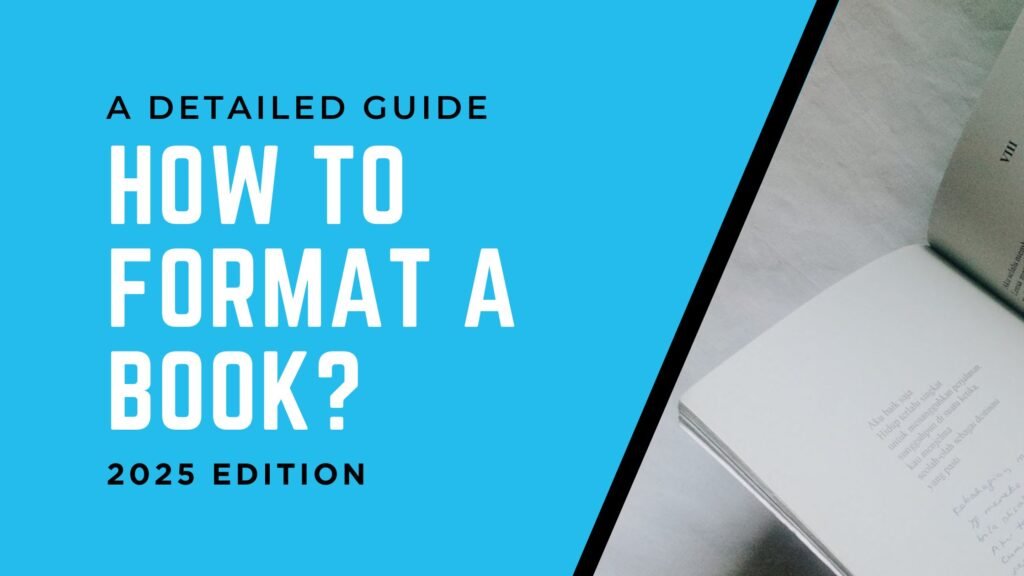The job of an author is to write. But to make this writing market-ready, a reader-friendly book, there are many steps. One important step is book formatting. Book formatting is a crucial stage because it acts as an invisible architecture that transforms a manuscript into a professional, reader-friendly bfook for its audience. It encompasses every visual element, from font choices to margin widths, ensuring both clarity and aesthetic harmony. Proper formatting fills the gap between an author’s vision and a reader’s experience, influencing everything from readability to market potential.
This article explores the principles, tools, and techniques that enable authors to create polished print and digital editions, whether they are crafting a novel, memoir, or nonfiction work. Let’s start reading them below!

What Is Book Formatting?
Book formatting is the process of structuring a manuscript’s textual and visual components to meet industry standards and reader expectations. It operates mainly on two fronts: interior formatting, which deals with the layout of pages, and exterior formatting, which designs the physical or digital cover.
Why is Proper Book Formatting Important for Print and eBooks?
Proper formatting is crucial because it directly impacts the readability, professionalism, and overall appeal of a book. For print books, formatting ensures that the text fits well within the physical dimensions of the page, respects margins and gutters, and maintains consistent typography and layout throughout the book. For digital books, formatting must accommodate various screen sizes and e-reader capabilities, ensuring text flows smoothly and remains legible on different devices. Poor formatting disrupts the attention span of readers. For example, small fonts strain eyes, while inconsistent paragraph indents confuse readers. In contrast, thoughtful spacing and proper hierarchy keep audiences engaged during reading.
What Are the Key Elements of Proper Book Formatting?
Font & Size
Choosing the right font and size is fundamentally crucial for readability. Serif fonts like Times New Roman or Garamond are traditionally preferred for print books due to their readability on paper, while sans-serif fonts such as Arial or Helvetica are often favoured for digital formats because of their clarity on screens. Font size typically ranges from 10 to 12 points for body text, balancing readability with page count. Consistency in font choice and size throughout the book is essential to maintain a professional look for your book.
Margins and Spacing
Margins in content play an important role by providing necessary white space around the text, preventing it from looking cramped and improving legibility. Print books require precise margin settings to accommodate binding and prevent text from disappearing. Digital books have more flexible margins but still benefit from adequate spacing to enhance readability. Line spacing (leading) should be set to avoid crowding, typically 1.15 to 1.5 for print and a little more flexible for digital formats.
Paragraph Indents & Alignment
Paragraph indents are essential as they help readers visually distinguish new paragraphs, especially in fiction. A standard indent is about 0.3 to 0.5 inches. Alignment is usually left-aligned (ragged right) for both print and digital books to improve readability. Justified text is common in print but can cause uneven spacing in digital formats, so it should be used carefully in ebooks.
Chapter Titles & Headers
Chapter titles should be vivid and differentiated with larger font sizes or bold styling to guide readers through your book. Headers can include chapter numbers, book titles, or author names and help with navigation, especially in print books. In digital books, headers may be interactive, linking to a table of contents or other sections. Consistency in style and placement of chapter titles and headers is key for a polished appearance of your content.
What’s the Difference Between Print and Digital Book Formatting?
- Color Mode:
Print uses CMYK color mode for accurate ink representation, while digital uses RGB or HEX colors optimized for screen view.
- Resolution:
Print requires high resolution (300 DPI or more) to ensure crisp text and images; digital uses lower resolution (72-150 DPI) optimized for various screen sizes and views.
- Layout:
Print layouts are fixed with defined page sizes (e.g., 6″x9″, A4), requiring precise margins and bleed settings. Digital layouts are fluid and responsive, adapting to different devices and orientations.
- Typography:
Print allows for more detailed and expressive fonts due to higher resolution; digital favors simpler, scalable fonts (often sans-serif) for legibility on screens.
- Interactivity:
Digital books can include hyperlinks, interactive elements, and adjustable text size, while print books offer tactile and sensory experiences through paper texture, binding, and physical design.
- Content Flow:
Digital text reflows dynamically to fit screen size; print text is static and must be carefully paginated.
How Should You Format Fiction vs. Nonfiction Books?
Even experienced authors make formatting errors that can undermine their book’s professional appearance.
| Category | Common Mistakes | Impact |
|---|---|---|
| Layout | Inconsistent margins | Unprofessional appearance |
| Orphans and widows | Disrupts reading flow | |
| Improper page numbering | Reader confusion | |
| Typography | Too many fonts | Amateur appearance |
| Poor font choices | Reduced readability | |
| Inconsistent paragraphs | Unprofessional look | |
Technical | Missing metadata | Reduced discoverability |
Low-resolution images | Frustrated readers |
Professional formatters know how to avoid these issues, ensuring your formatted books look polished and meet industry standards.
What Formatting Checklist Should You Follow Before Publishing?
- Fiction:
Focus on readability and immersion. Use consistent paragraph indents without extra spacing between paragraphs. Chapter titles should be prominent but simple. Avoid complex layouts or multi-column text to maintain flow and enhance readability.
- Nonfiction:
It often requires more structured formatting with headings, subheadings, bullet points, numbered lists, and tables. Use spacing between paragraphs to differentiate sections clearly. Include page numbers, footnotes, and indexes where appropriate. For digital nonfiction, ensure hyperlinks and interactive elements are functional.
What Are the Best Free and Paid Book Formatting Tools?
- Choose appropriate fonts and sizes for your format (both print and digital).
- Set correct margins and gutters for print; ensure adequate white space for digital.
- Use consistent paragraph indents and alignment styles throughout the text.
- Format chapter titles and headers uniformly.
- Ensure images are high resolution (300 DPI) for print; optimize file size for digital format.
- Check color modes: CMYK for print, RGB for digital.
- Verify page numbering and header/footer consistency.
- Test ebook formatting on multiple devices and apps.
- Proofread for any layout issues, widows, or orphans (single lines at page breaks)f.
- Confirm compliance with publisher or platform like HMD Publishing formatting guidelines to prevent any delay and inconvenience.
Free and Paid Tools for Formatting Your Book
It is versatile and widely used for both print and ebook formatting and offers style templates and precise layout control. it is good for use by both beginners and professionals.
Industry standard for professional print book layout; offers advanced typography and design features but has a steeper learning curve.
- Scrivener:
Popular among authors for manuscript organization and basic formatting; exports to multiple formats.
- Vellum:
Paid software focused on ebook and print formatting with beautiful, professional templates; Mac-only.
- Kindle Create:
Free tool from Amazon to format ebooks for Kindle devices; user-friendly for beginners.
- Reedsy Book Editor:
Free online tool for formatting and exporting print and ebook files with professional templates.
- Caliber:
Free open-source software for ebook management and conversion; useful for converting formats but less for detailed layout
This guide equips authors with the knowledge to format their books professionally for both print and digital publication in 2025, ensuring a polished, reader-friendly final product that stands out in a competitive market and successfully targets its audience.




